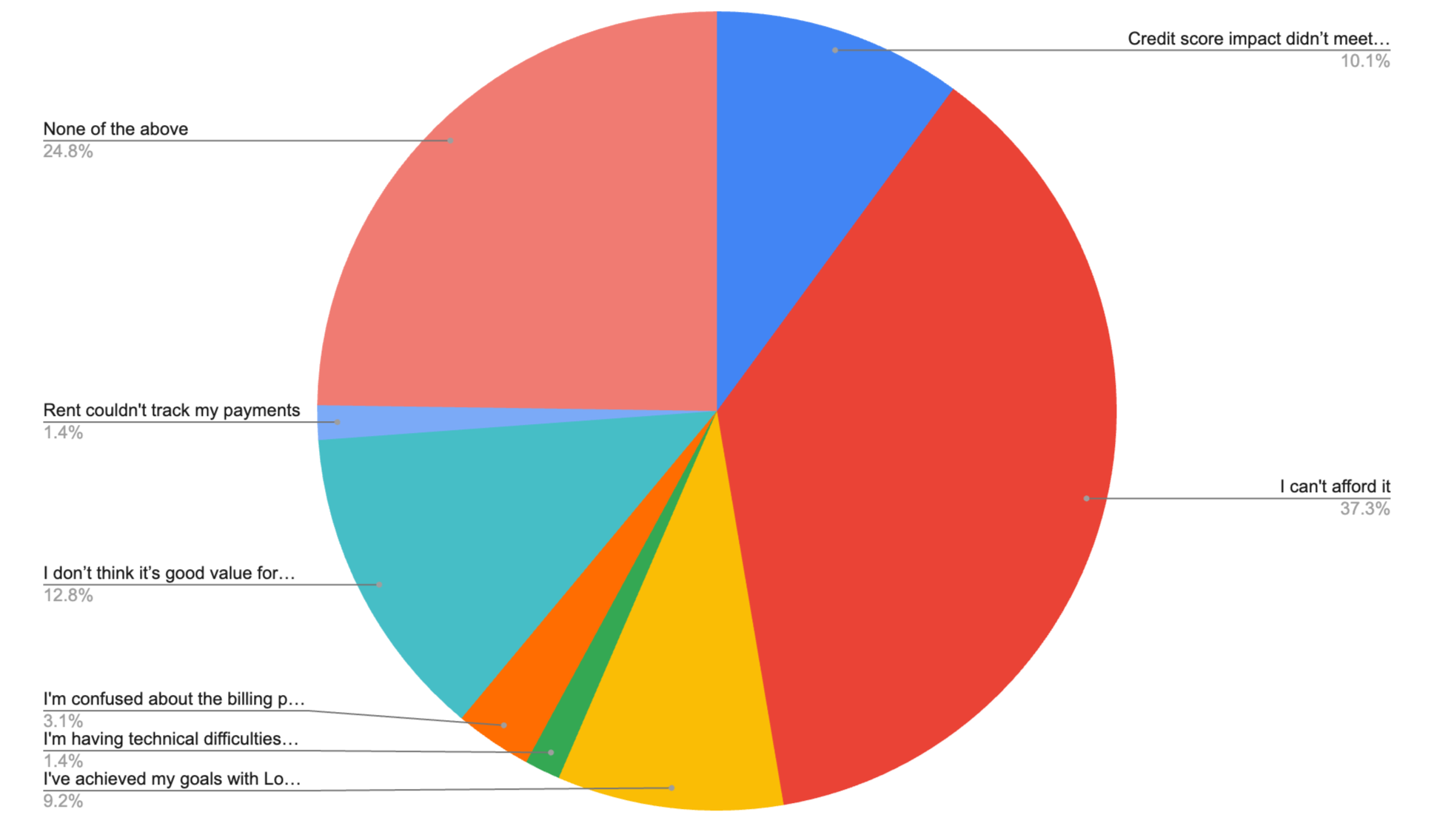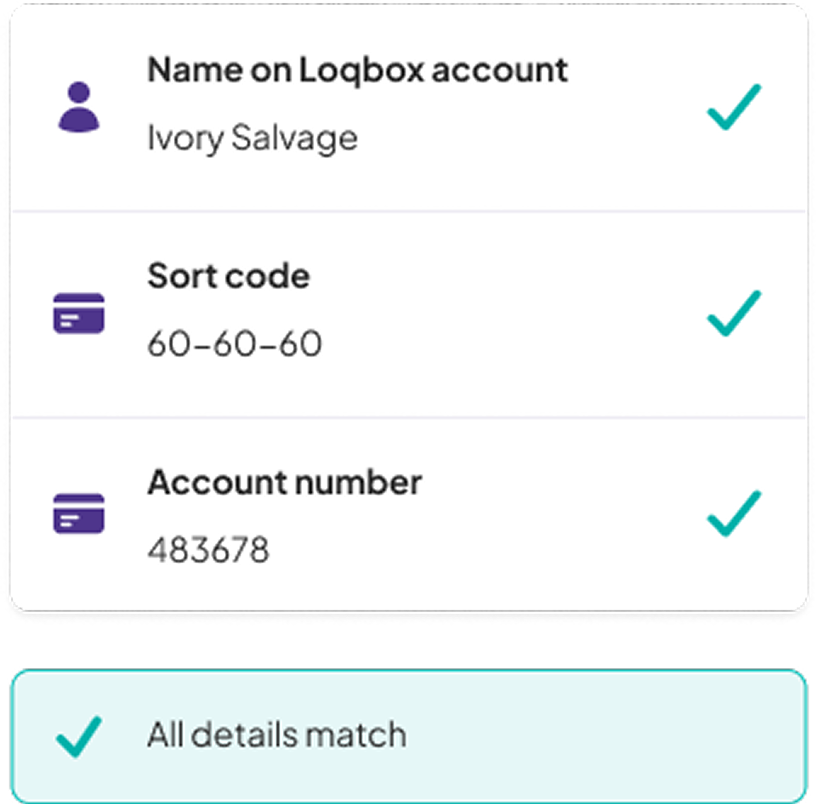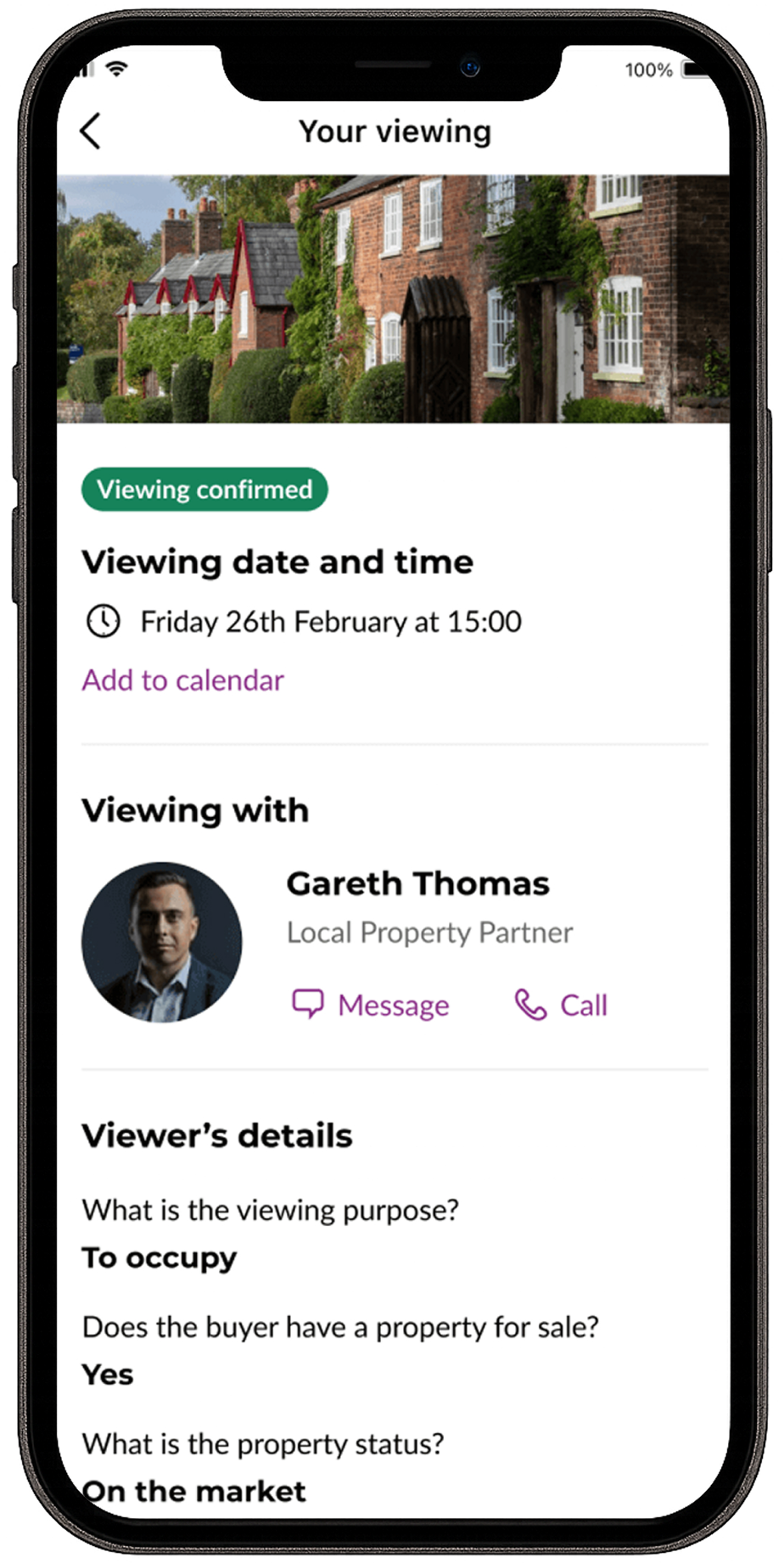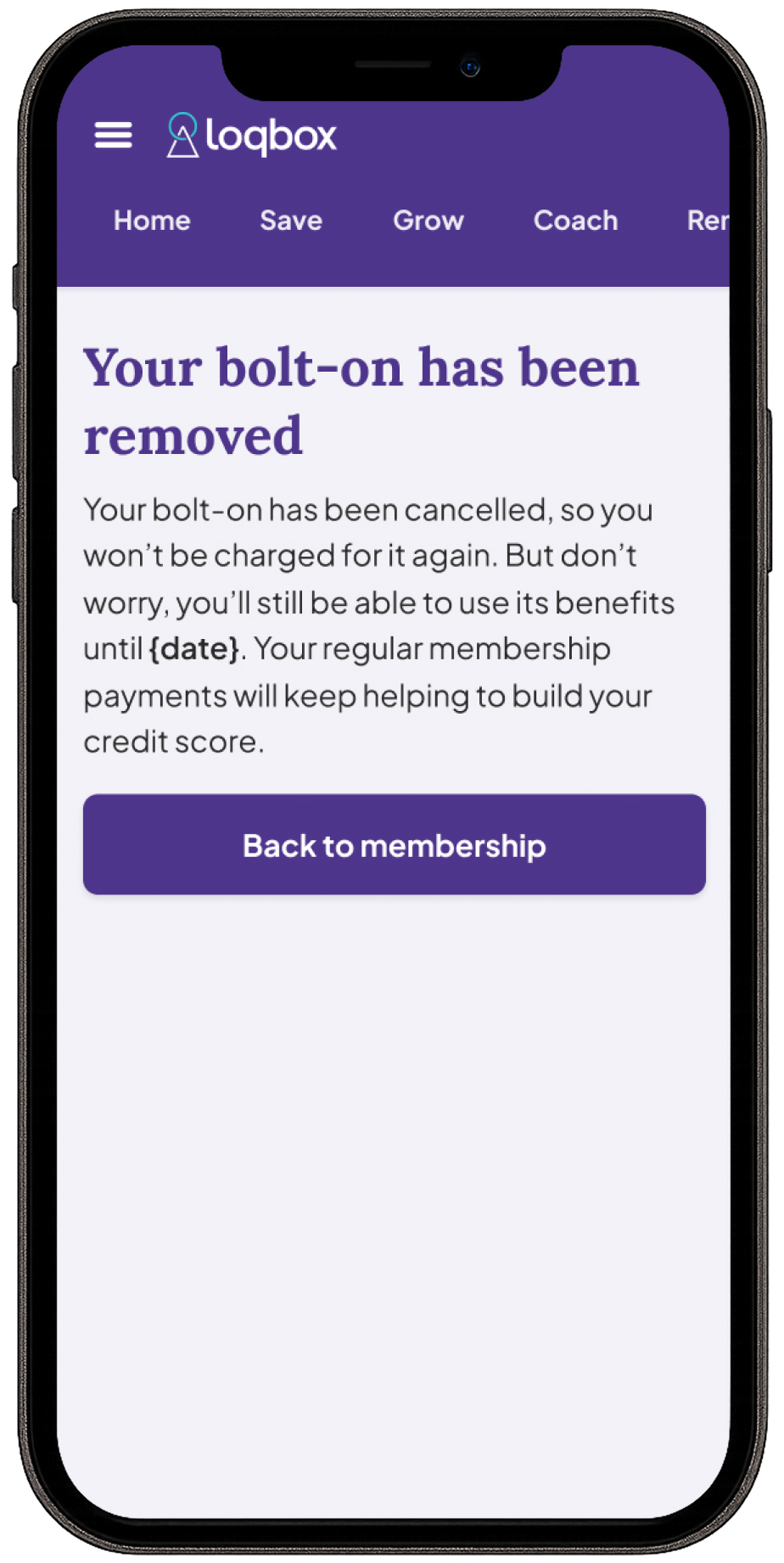Loqbox
Improving retention through smarter cancellation flows
Overview
Loqbox helps users build credit and save money simultaneously by reporting their saving contributions as repayments on a credit account. Our members are often people who have been rejected for credit or struggled to access financial products. So affordability is a key concern.
Scope
Facilitation, design and testing
Team
Agile sprint team
Duration
12 weeks
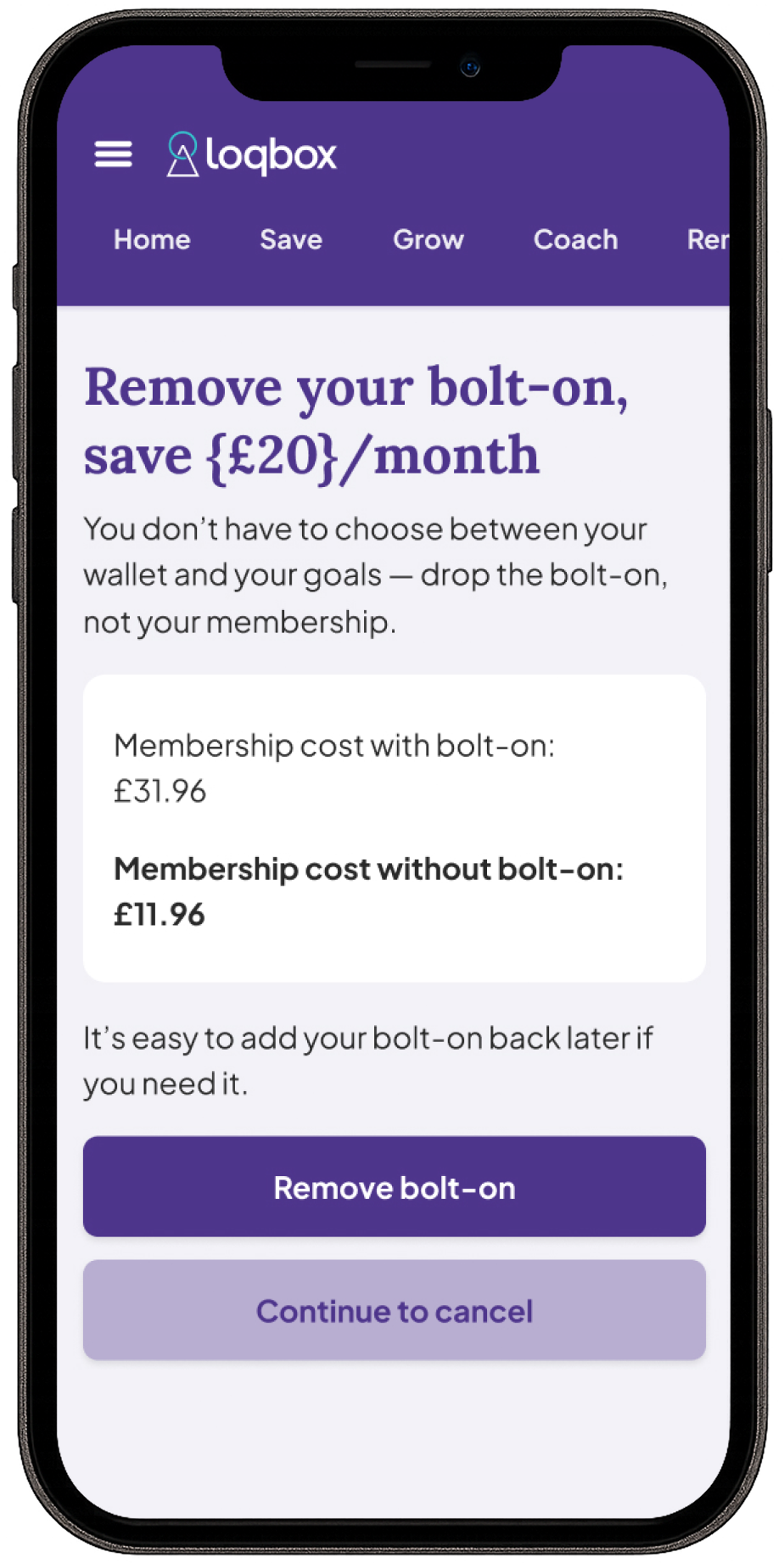
Outcomes
- Redesigned cancellation flow reduced customer cancellations by 11.6%, improving payment success and retaining partial revenue.
Objective
Reduce our cancellation rate that was at 31.8%, and improve customer retention.
Understanding why customers cancel
I started by organising and facilitating an assumption mapping workshop. We explored why customers might be cancelling and what might help retain them.
Key assumptions we identified:
- Offering flexible payment options could reduce churn
- Allowing a payment holiday might prevent cancellations
- Providing a discount might convince members to stay
We prioritised these assumptions based on impact vs. evidence and resource available.
Assumption mapping workshop
What’s driving customers to leave Loqbox?
After the assumption mapping workshop, I began exploring why our members were leaving. I wanted to understand what customers were actually reporting so we could challenge our assumptions with real data.
Working with the lead developer, I pulled exit survey data and found that affordability issues were the top reason for cancellation. Looking deeper into the sub reasons gave us a clearer picture of what “can’t afford it” really meant:
- “It’s too expensive.”
- “I can’t financially commit long term.”
- “I’m having short-term financial issues.”
This analysis gave us the confidence and evidence we needed to move forward and start designing solutions to address these pain points.
Main cancellation reasons
Sub cancellation reasons
How do our competitors retain customers?
To better understand how others approached retention, I reviewed competitor experiences, customer cancellations and retention strategies.
What I found was that the strongest products:
- Provided clear context about the customer’s progress in their credit-building journey.
- Set expectations by clearly outlining what actions customers could take to continue improving their credit.
- Tailored retention messaging to match the customer’s specific cancellation reason.
Miro board of competitor research
Exploring solutions
I facilitated an informal ideation session during sprint refinement to answer one question:
“How might we help customers stay, even when they can’t afford their current plan?”
We explored three ideas:
- Offer a 1 month payment holiday
- Offer a discount in-line with our corporate partner discount
- Let users remove paid bolt-ons and keep the core membership
Note: A bolt-on is an optional add-on that gives customers additional account features such as higher savings limits or access to Loqbox’s financial wellbeing app, for an extra cost on top of their membership fee.
After discussing the options with business and stakeholders, we agreed to proceed with Idea 3, as it required no major dependencies on other teams, aligned us with similar retention experiences to our competitors and could be tested quickly.
This presented an opportunity to preserve value for both the user and the business by letting members shed extras and reduce cost instead of cancelling everything.
A/B testing the removal of a bolt-on if a customer wants to cancel due to affordability reasons
When a customer with bolt-on tries to cancel due to affordability, the existing flow automatically closed both their bolt-on and their core membership, meaning Loqbox lost the customer entirely.
We redesigned the flow to give members a choice:
Remove your Bolt-on and reduce your monthly cost or continue to cancel your Loqbox membership.
IF customers are given the option to cancel their Bolt-on instead of their full membership THEN overall customers retention will improve BECAUSE we are giving them the option to reduce their bill
Before proceeding to A/B testing, I ran a quick friends-and-family test to check clarity. The only confusion was around the word “downgrade,” which we clarified before progressing.

New screen in the cancellation experience that gave customer the option to remove bolt-ons
A/B test results
We A/B tested the new screen in the cancelation for two months with a sample of 1,229 users (variant + control). The variant won reducing the cancellation rate. We confirmed our hypothesis.
Impact
- Cancellation rate reduced by 11.6% (95% confidence interval)
- Payment success rate increased among users who stayed
- Leadership approved the change, and it was rolled out as the default experience
Key learnings and reflections
This experiment taught me the value of starting with the basics before chasing bigger ideas.
We faced pressure to move on to more experimental retention tactics, but this simple, data-led change proved simple ideas can have a big impact.
While the experiment didn’t evolve into a larger affordability initiative, it became a reminder to validate assumptions with data and deliver measurable impact before scaling.

